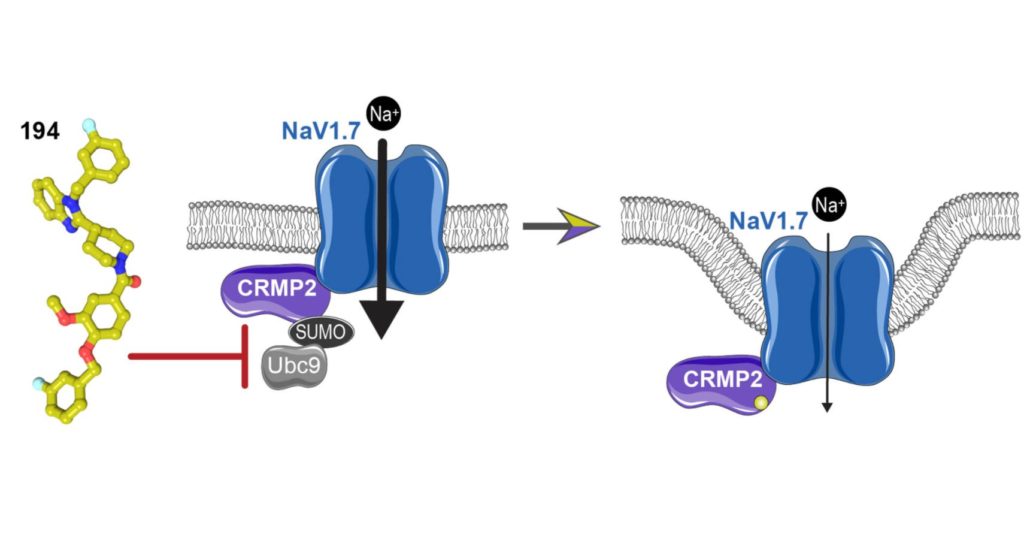
Researchers targeted a common sodium ion channel to reverse pain, with positive results that could lead to a non-addictive solution to treat pain. Researchers at the University of Arizona Health Sciences are closer to developing a safe and effective non-opioid pain reliever after a study showed that a new compound they created reduces the sensation of pain by regulating a biological channel linked to pain.
Most people experience pain at some point in their lives, and the...
Read More







Recent Comments